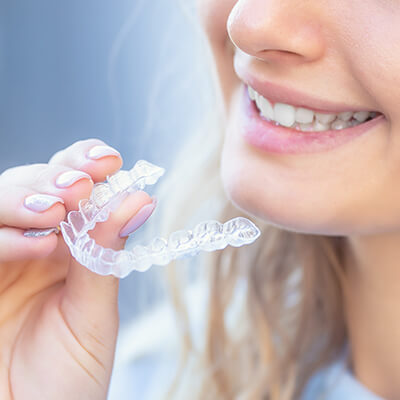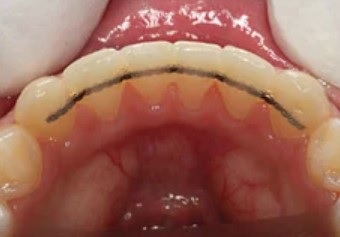The Importance of Retainers
Congratulations! We will remove your braces soon to unveil a beautiful smile. You are about to enter the most important phase of treatment-Retention Phase. This page will provide information on retention and retainer wear.
Completion of orthodontic treatment does not guarantee straight teeth for life. Your teeth will often attempt to move back to original position. Retainers are required to keep your teeth in their current position. Regular retainer wear is necessary for lifetime as your body is continuously undergoing changes. Minor irregularities, particularly in the lower front teeth may occur. In summary, you need to wear retainers to keep your teeth as straight as possible. However, even with good retainer wear your teeth may shift slightly.



